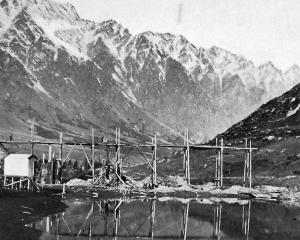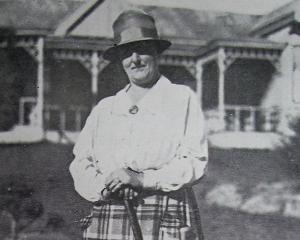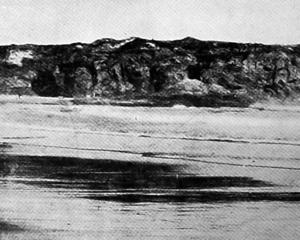He began by giving details of the estimated cost of the Lake Coleridge scheme.
This came to a total of 232,000, and the estimate given by the Prime Minister last night was 265,000.
As soon as 3000 h.p. could be disposed of it could be sold at a very cheap rate indeed.
The Dunedin scheme had cost 132 per h.p. to develop, whereas the Lake Coleridge scheme could be developed at 30 or 40 per h.p. or at one-third that of Dunedin.
They should therefore be able to supply power in Christchurch at one-third of what it cost in Dunedin.
They would, from this scheme, be able to distribute power as far as Rangitata or Kaiapoi.
He referred incidentally to the possibilities in nitrate manufacture with the power from Manapouri and Te Anau.
If there was a doubt about the sale of nitrates in New Zealand there would no doubt be a large market for nitrates in Australia.
There would also be room for the manufacture of carbides, of which 100,000 worth was used in the Dominion at the present time.
Every farmer along the line in Canterbury would be able to use the power from the Lake Coleridge scheme.
They would be using electric light, electric heaters, and would do most of their cooking by electricity.
He considered Christchurch and Auckland were the two best markets available at the present time.
There was also a market in the Wellington district and one in Otago and Southland, there was certainly a market along the east coast, embracing such towns as Gisborne, Napier, Wairoa, and Hastings.
Whether the power for the last-named scheme would come from Waikaremoana or Te Reinga he was at present unable to say.
- ODT, 15.10.1910.












